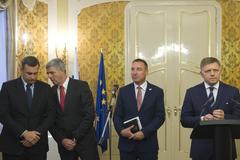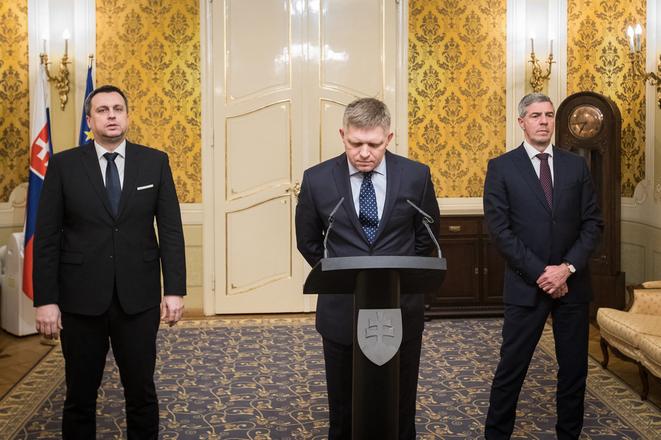The coalition of Smer, SNS and Most-Híd is definitely over now. What were the moments that marked its term in office?
Many observers did not expect Smer to be able to form a government when they won the 2016 election, but with much lower support than in 2012. After four years of a single-party government, they were forced to go back to the model Slovakia had known before, a ruling coalition composed of several parties.
Smer succeeded in persuading Most-Híd and the Slovak National Party (SNS) to join in a coalition. This required some changes in rhetoric. SNS, for example, claimed ahead of the election that they would not rule with the Hungarian party.

At the beginning, there were four. The small party of Sieť belonging to the once-hopeful presidential candidate Radoslav Procházka was practically wiped out just months after the election. Smer, Most-Híd and SNS went on to rule as a coalition trio.
Of the 15 ministers installed in the cabinet when it first emerged, only five finished the four-year term – Foreign Affairs Minister Miroslav Lajčák, Economy Minister Peter Žiga, Agriculture Minister Gabriela Matečná, Defence Minister Peter Gajdoš and Labour Minister Ján Richter.
The government has been through a number of scandals. Here are some of the highlights that history will remember:



 Left to right: Andrej Danko (SNS), Robert Fico (Smer), Béla Bugár (Most-Híd) (source: Sme)
Left to right: Andrej Danko (SNS), Robert Fico (Smer), Béla Bugár (Most-Híd) (source: Sme)